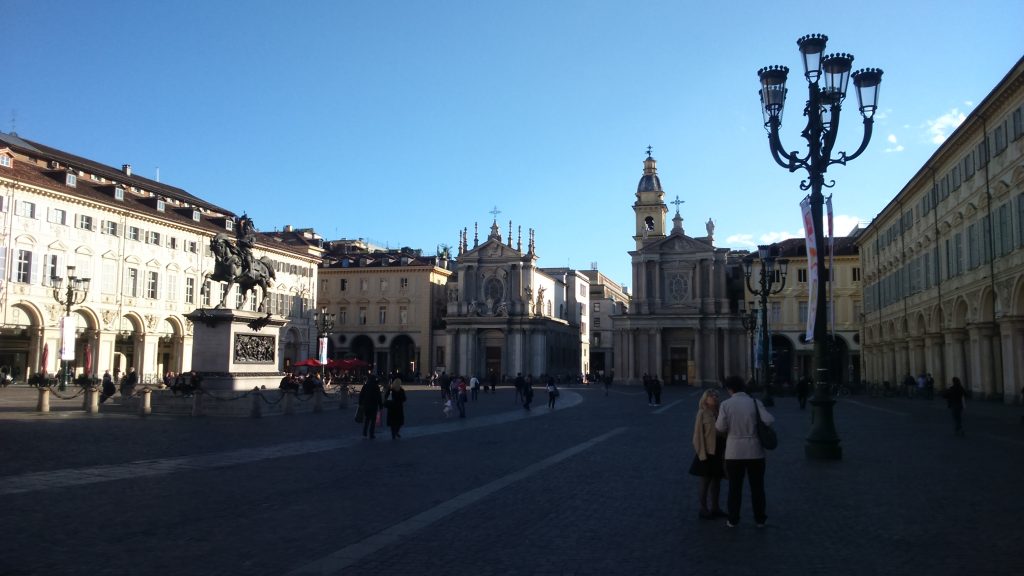Green walls promote urban resilience and resident well-being, but require careful design

Green walls (green walls) are innovative solutions that improve air quality, regulate microclimates and increase biodiversity in cities. The article, based on experience in Turin, describes a project of two green walls with a total area of 300 m², implemented as part of urban revitalization.
The study showed that the green walls effectively absorbed particulate matter (PM), which threatens the health of residents. The best performing plant was Muehlenbeckia complexa, which captured 218 μg of particulate matter per cm² of leaf, while the worst was the Lonicera nitida ‘Lemon Beauty’ variety.
In a survey of residents, most people positively assessed the impact of green walls on the aesthetics of the space and their contribution to well-being and biodiversity. The research was conducted in cooperation with the staff of the Center for Climate Research of the Warsaw University of Life Sciences (Prof. Robert Popek and Prof. Arkadiusz Przybysz), the IBIMET-CNR Institute of Biometeorology (Prof. Rita Baraldi) and the University of Turin. The article emphasizes that in order for green walls to be truly effective, it is necessary to design them carefully – the right choice of plants and adaptation to local environmental conditions. Green walls can become an important element of sustainable urban development, especially in the context of climate change and air pollution challenges.
Read more DOI 10.17660/ActaHortic.2025.1429.17